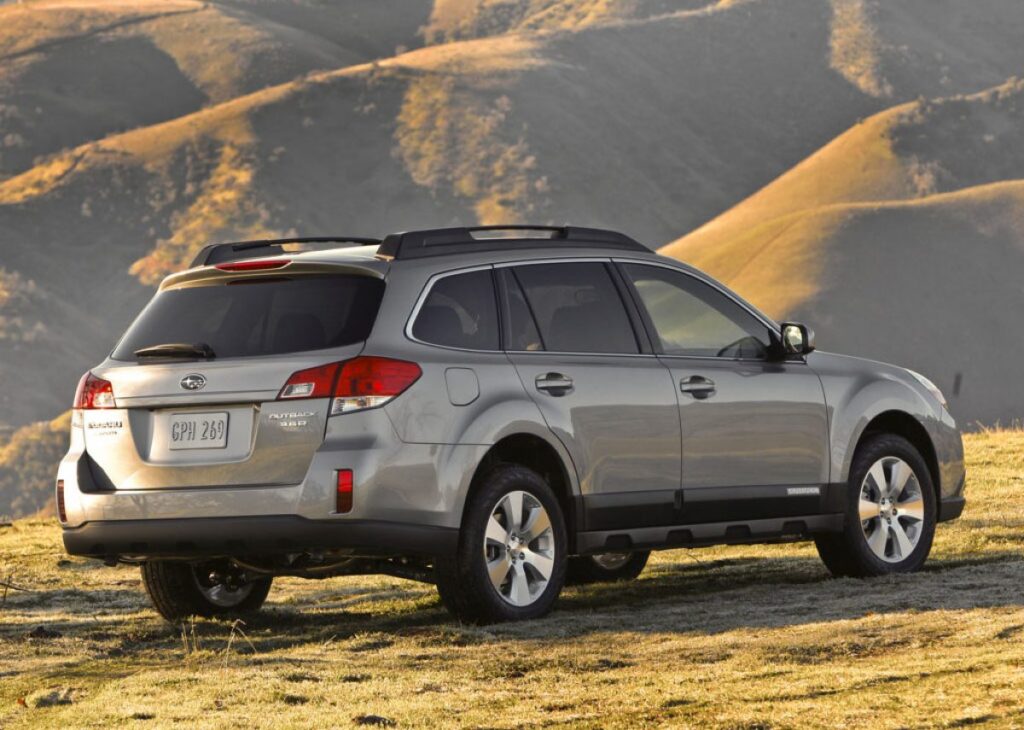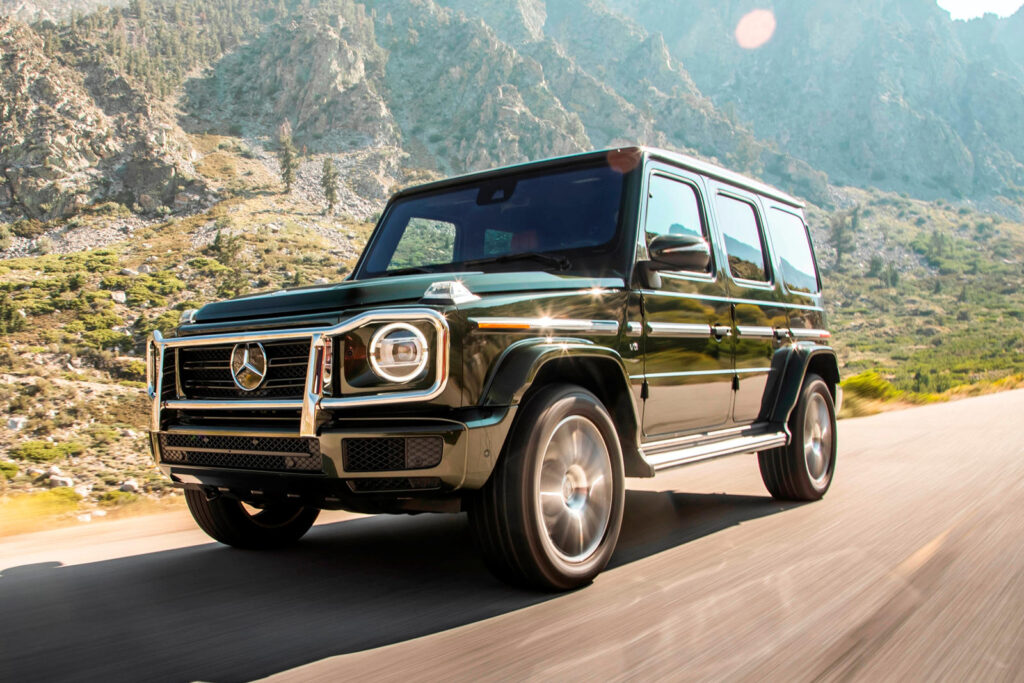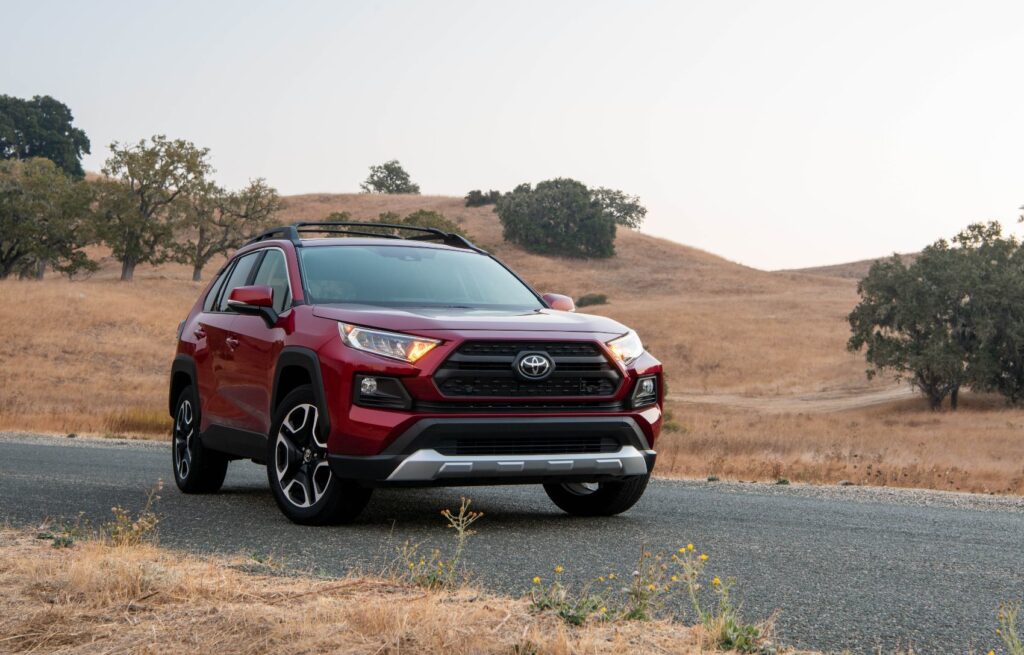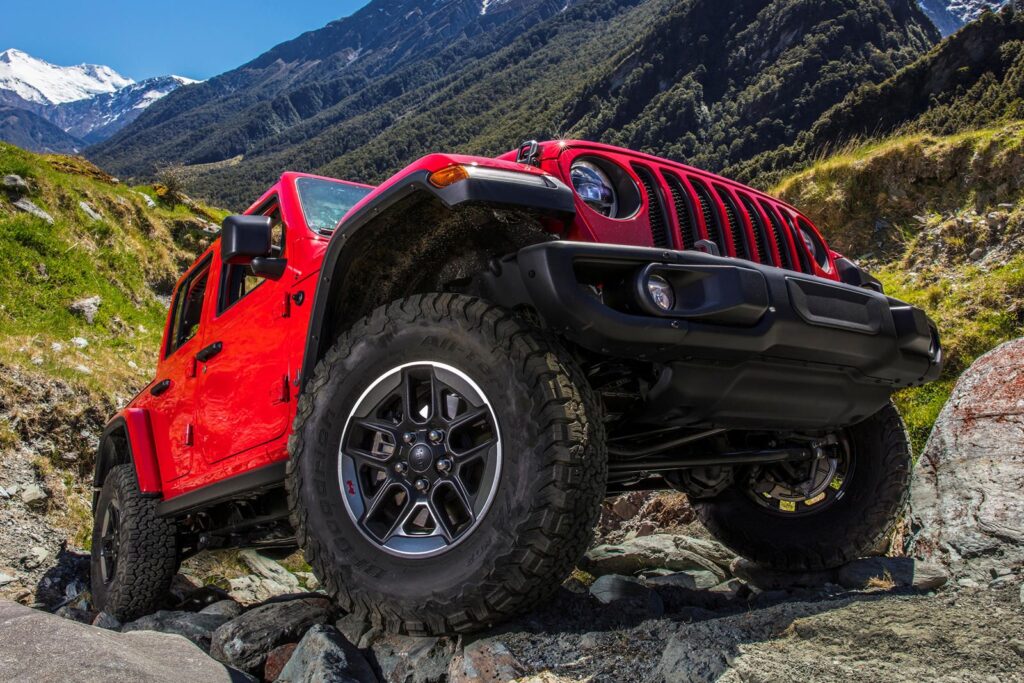These days, every Tom, Dick, and Harry is driving an SUV, and there are more to choose from than in just about any other classification of vehicle. But how do you decide between something popular like a Honda CR-V, something local like a Ford Explorer, or something a little more interesting like a Volkswagen Atlas (here)? Just as pertinent to getting value for you money now is knowing that your decision won’t come back to bite you in the rear when you decide to trade up for something a bit more contemporary.
You may be surprised by some of the top names in terms of resale value and overall depreciation. So, here are the five pack-leaders when it comes to getting a great return on your investment when shopping for a new family hauler. A quick look at what they offer, and how much they lose in value over the course of five years may help you pick your next crossover.
5. Subaru

While not technically an SUV, the Outback plays with the line a bit since it rides higher than a traditional station wagon. Thus, it is possible to classify it as a crossover.
Starting on the low-end with an overall depreciation of 50.1%, the Outback is not going to give you all that much spare cash to put into a new purchase. But, with a reasonable starting MSRP of around $27,000, you won’t feel cheated either. This is especially true when you consider that it is rated as one of the most dependable cars on or off the road, since it is equally capable in either environment. And while the cabin isn’t the most plushly appointed, the overall level of comfort is beyond reproach, thanks to its wagon-styled suspension soaking up most bumps in the road.
It may only seat five, but there is more than enough space for adults up front or in the back. Cargo capacity does fall a little short in comparison to true SUVs, though, with 32.5 cubic feet presented behind the rear-seat bench. With an available 260-horsepower turbocharged engine, it delivers an engaging driving experience and handles a bit better than high-riding competitors.
4. Mercedes-Benz

Premium brands may lose a lot of their value the moment you drive them off the showroom floor, but this is largely due to the fact that they cost so much to begin with. Looking at their actual loss of value in terms of percentage, you may be shocked to discover that they return more than their cheaper rivals, relatively speaking.
The G-Class from Mercedes-Benz is such an automobile. It will cost you well over $100k for the initial purchase, but it only loses 45.2% of this downpayment, while the AMG variant loses 45.9%. Of all the German brand’s models, this is perhaps one of the few truly designed to handle rougher terrain in its stride. This much is obvious from its aggressive, chunky design with large, blocky wheel arches and sharp lines.
As you’d expect from a luxury vehicle, it is ridiculously opulent inside, and it certainly doesn’t lack for power. The standard model makes 416 hp and 450 lb-ft, while the AMG pushes this up to 577 hp and 627 lb-ft, meaning that no other SUV on this list can keep up with it. Of course, you get all the modern amenities that such a prestigious badge warrants, and loads of standard safety tech.
3. Honda

There was a time that quality vehicles were associated with only European brands. Nowadays, offerings from Japan are also at the front of pack, with many automobiles hailing from across the Pacific boasting excellent longevity and durability. The compact CR-V has won a place in the hearts of many American families for these very reasons, coupled with an extremely attractive list of features and excellent fuel economy, all for the low price of around $25,000 for the base model. After five years, only 44.9% of this is lost.
Over that period, you get to enjoy a spacious crossover that offers superior ride quality than similarly priced rivals. It also avails drivers with the potential to have a little fun, something most family-centric SUVs don’t give much thought. This is courtesy of a feisty 190-hp turbocharged four-pot that still returns frugal mileage figures of 28/34/30 mpg.
2. Toyota

If any Asian automaker has really carved out a portion of the US car market for itself, it is definitely Toyota. No fewer than four of its models claim to deliver excellent depreciation after five years of ownership. From worst to best: the Land Cruiser loses 48.6%, the Highlander and RAV4 44.6% each, and the 4Runner just 36.5%. This means that whether you are looking for a full-size family SUV, something a little smaller but just as practical, or a rugged off-roader, you have no shortage of options. Learn more about this car for this might answer your concerns about it.
While not the best value for money, the RAV4 is the top seller in the USA. This is most likely because of its enormous cabin and superbly commodious trunk, but may have just as much to do with the extensive list of standard tech and safety features. For the discerning family man (or woman), there are few better options at this price point.
1. Jeep

The best returns are found on homegrown rough-riders, namely Jeeps. The Wrangler is already impressive with depreciation of 31.5%, but it’s the Wrangler Unlimited that steals the cake with a nice round 30% loss in value over five years. With a base MSRP of around $32,000, this means you can expect upwards of $22,000 to put towards your next vehicle. However, the actual value of the Wrangler range depends entirely on your priorities.
If you’re looking for a great family SUV for city living, then look elsewhere. The Wrangler is a bit clumsy and unrefined on the road, and it does a poor job dampening road and wind noise when moving at high speeds. It also doesn’t offer the best cargo capacity, although passengers are well accommodated. However, none of this really matters once you take it into the wild, and even the lack of standard safety features becomes a moot point. This is where the Jeep thrives, and if you are looking for an SUV to play in the mud, there are few better choices out there.







